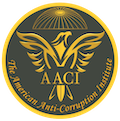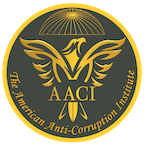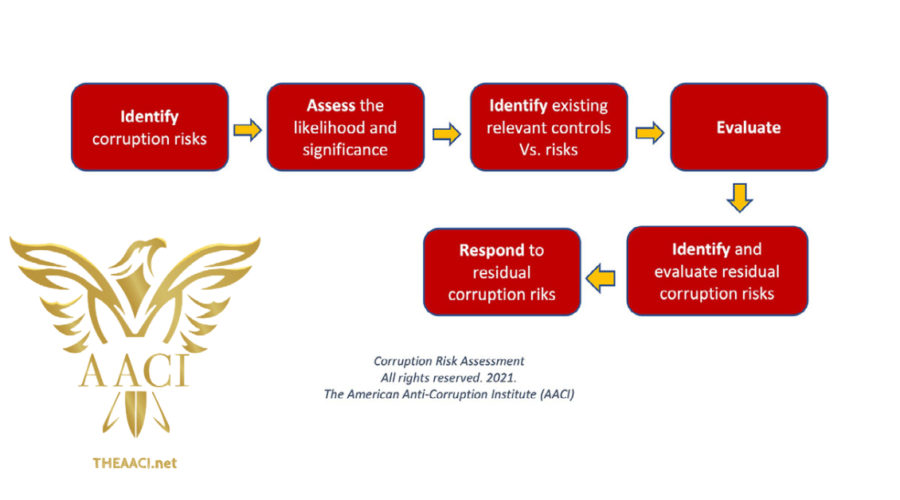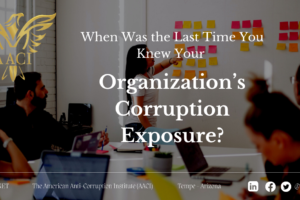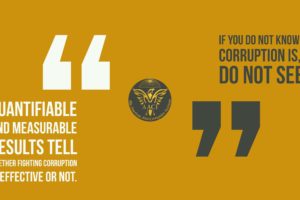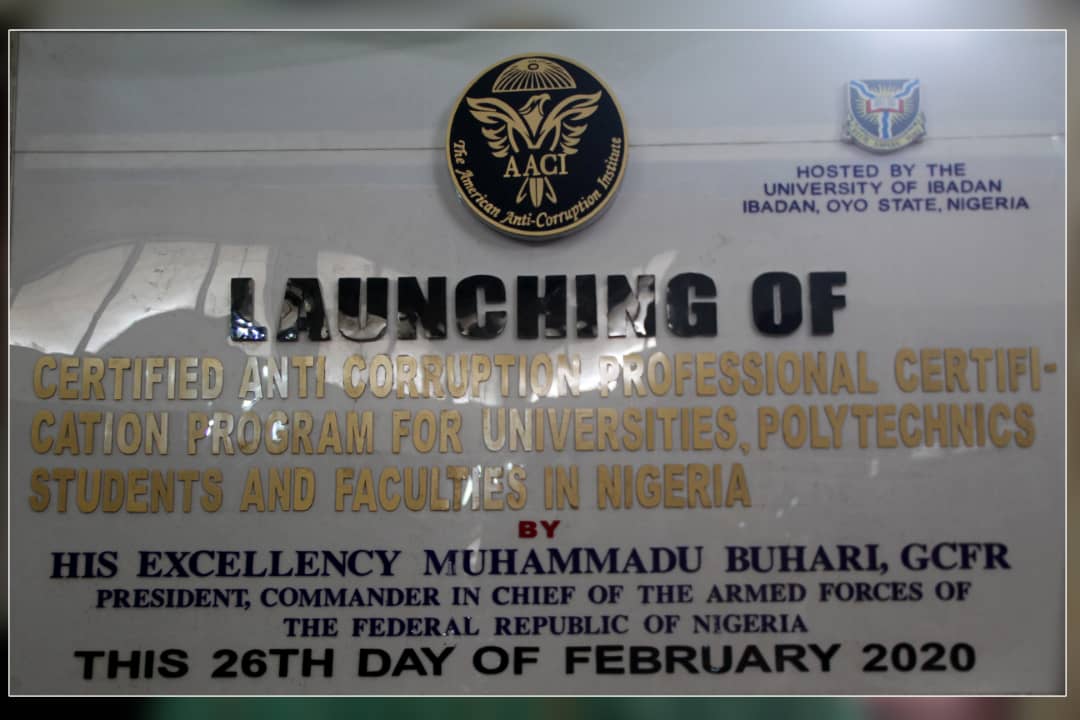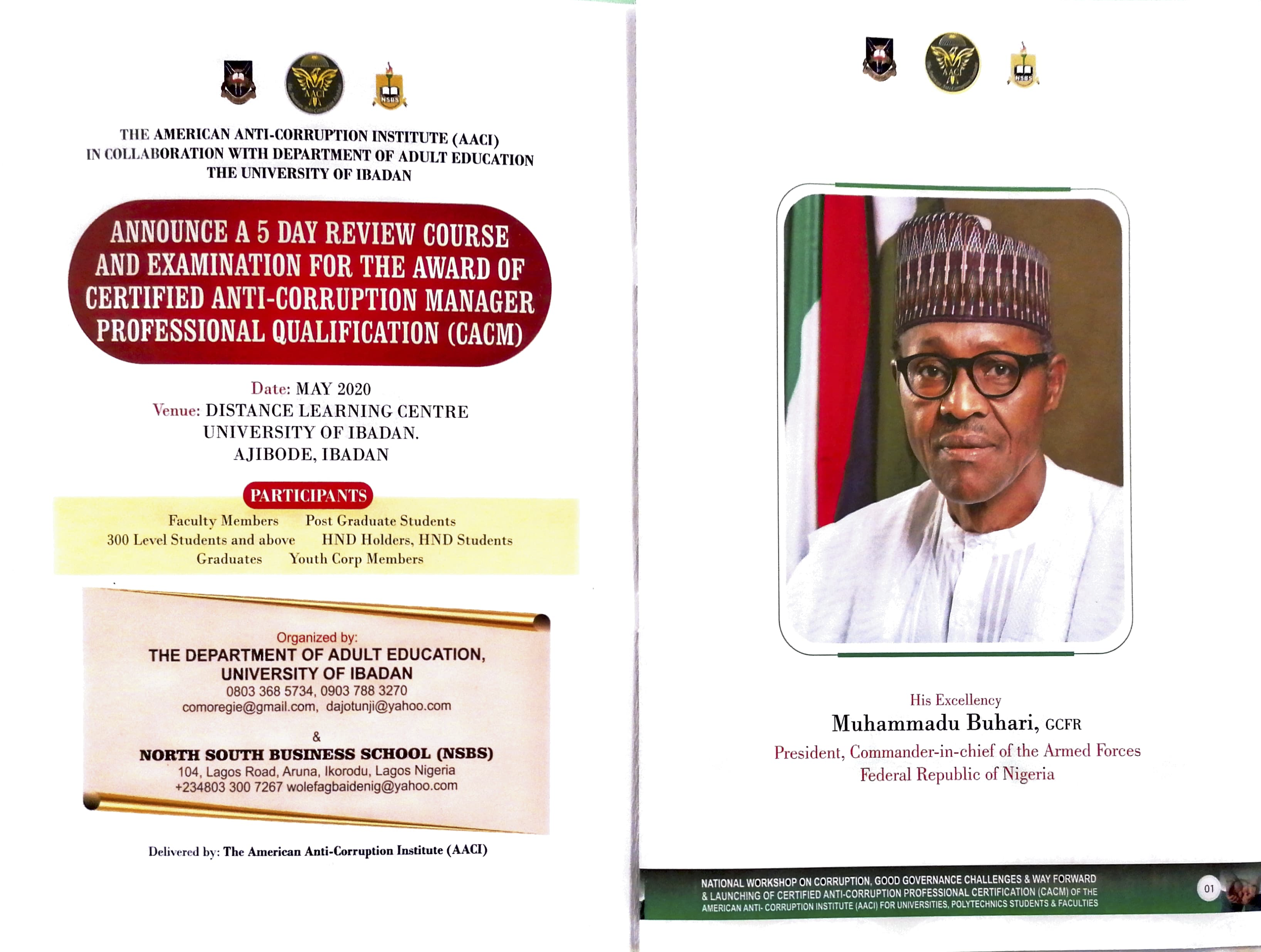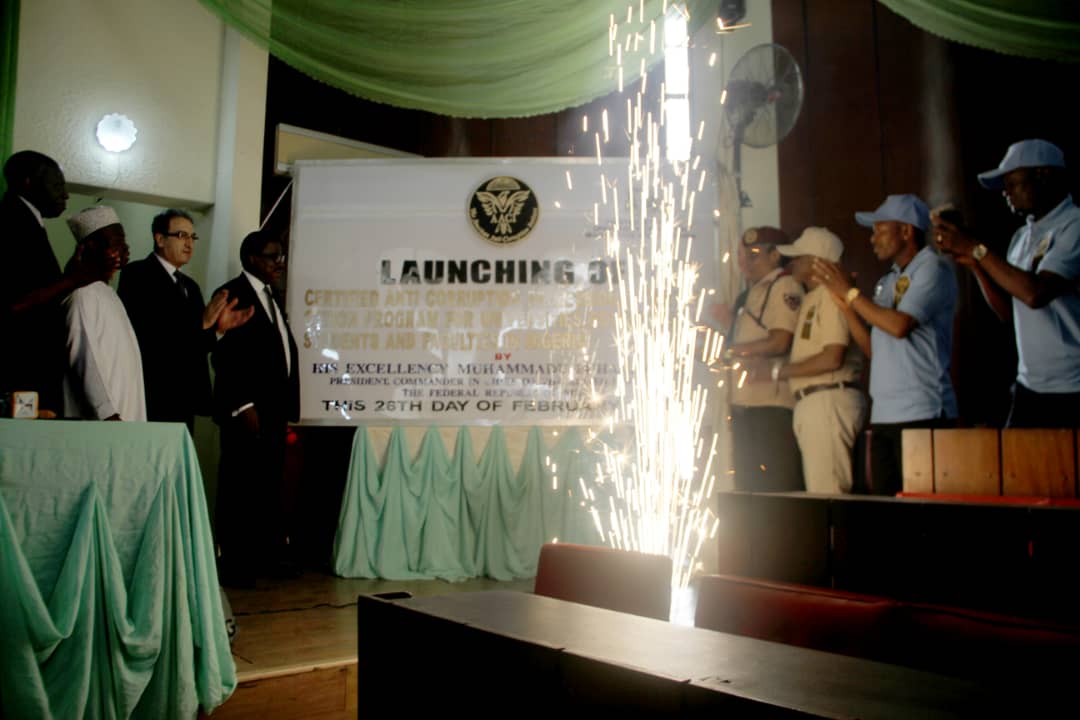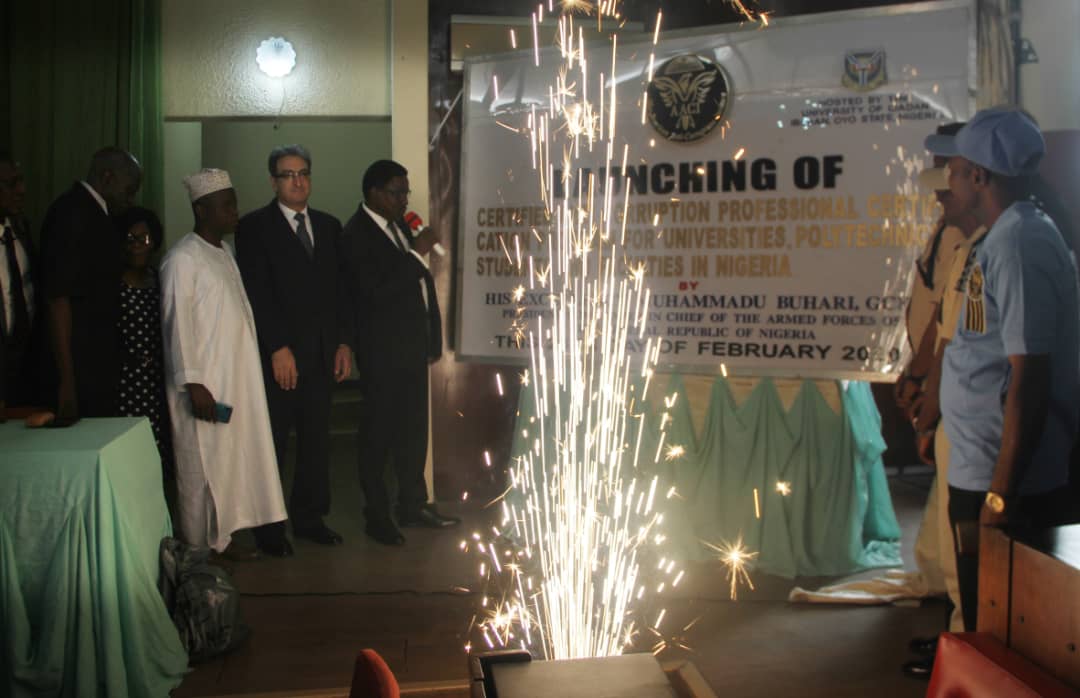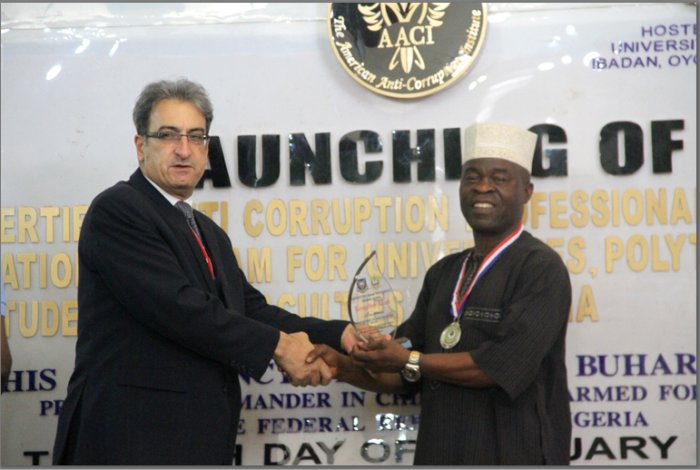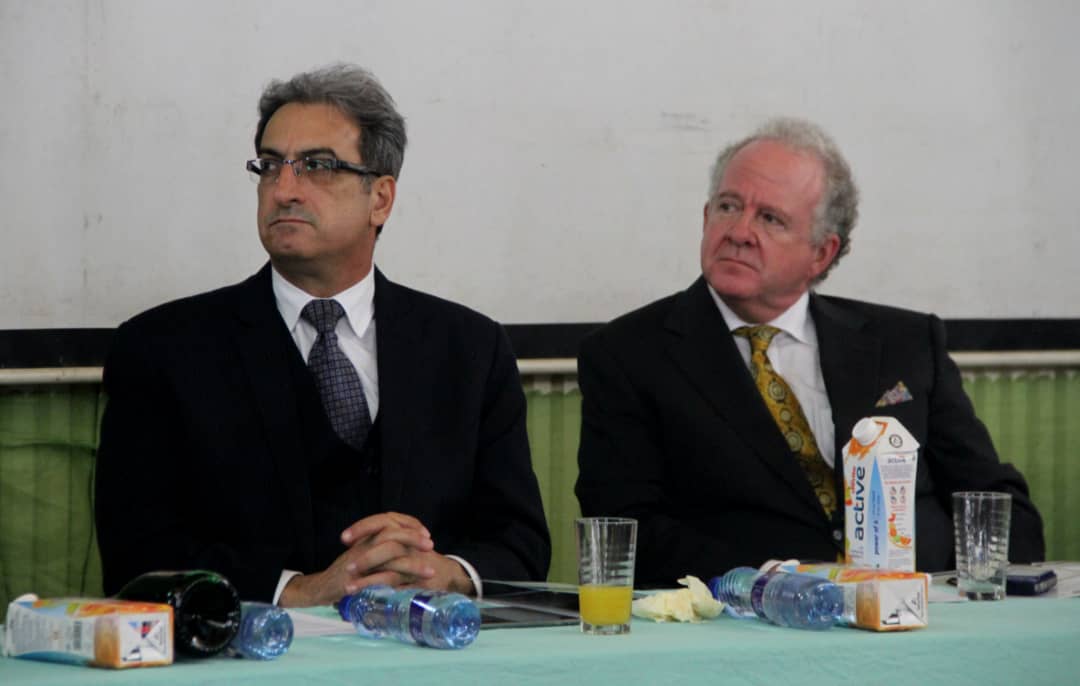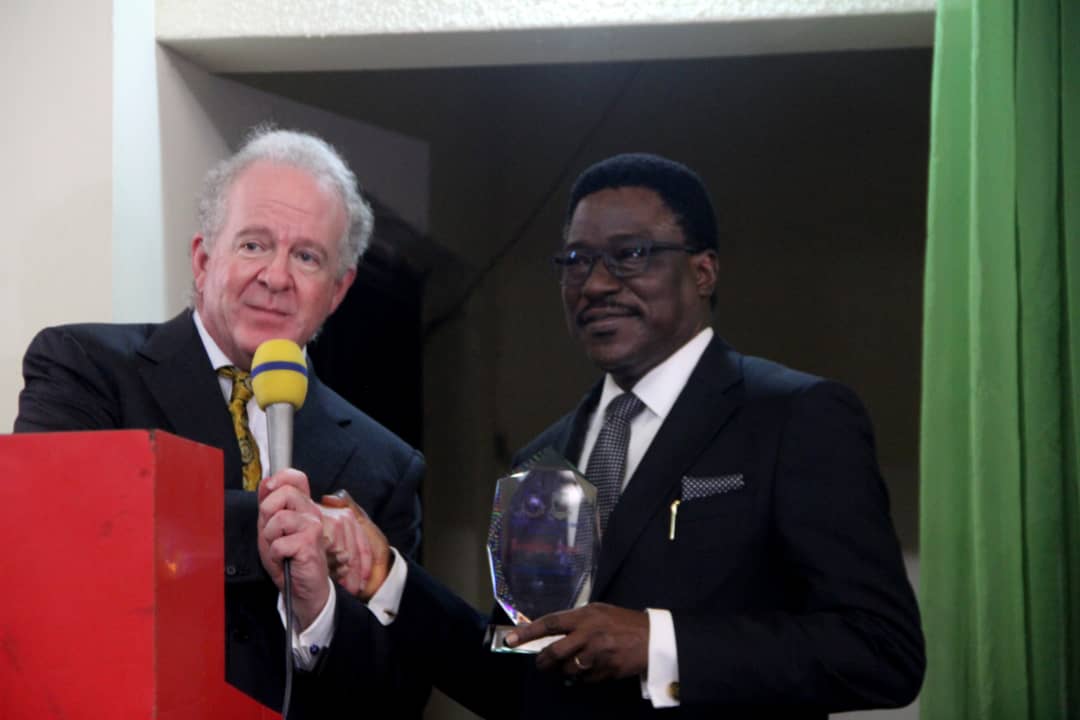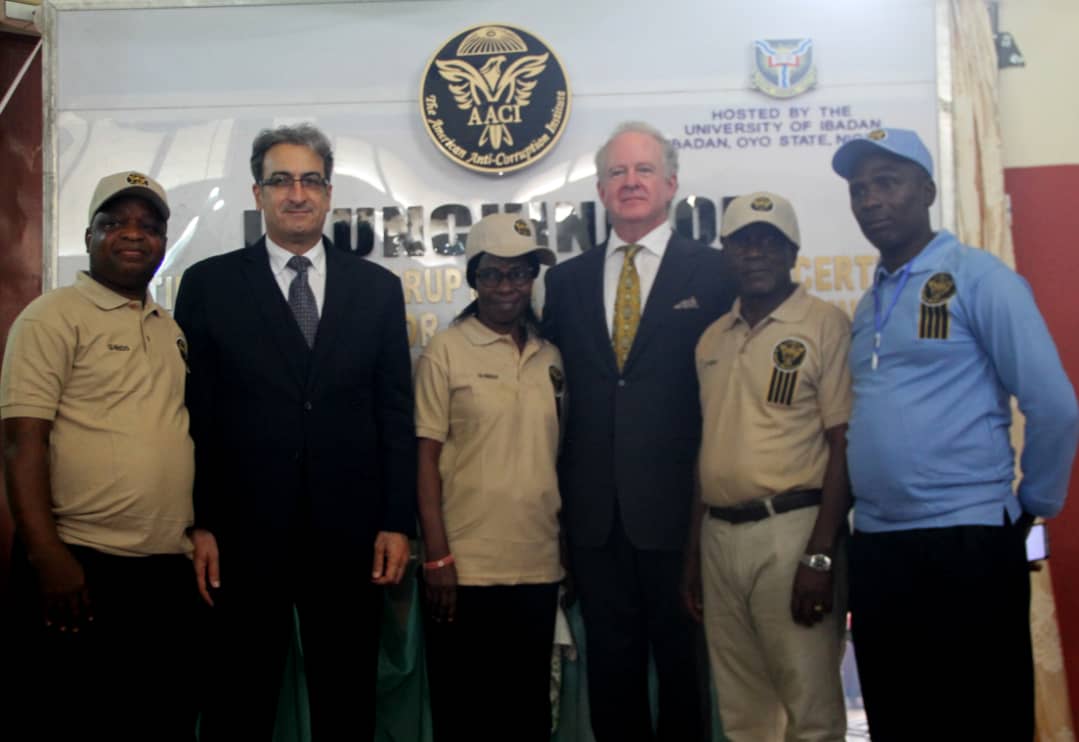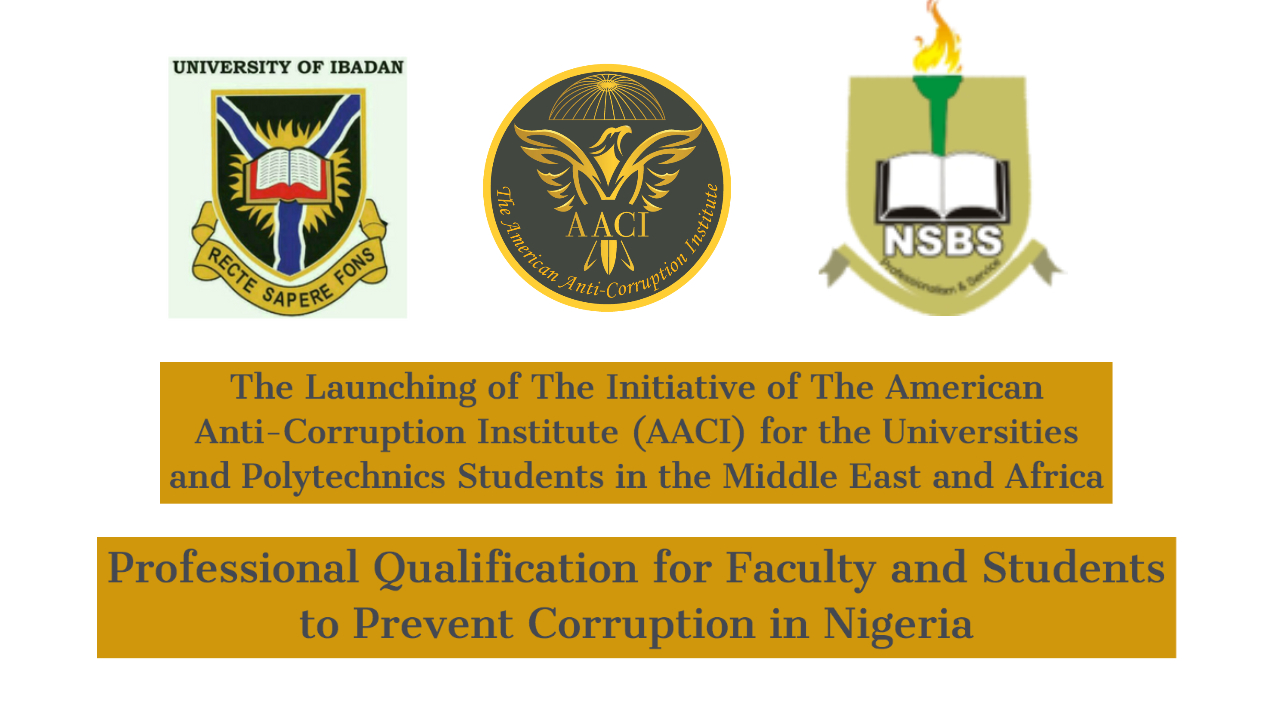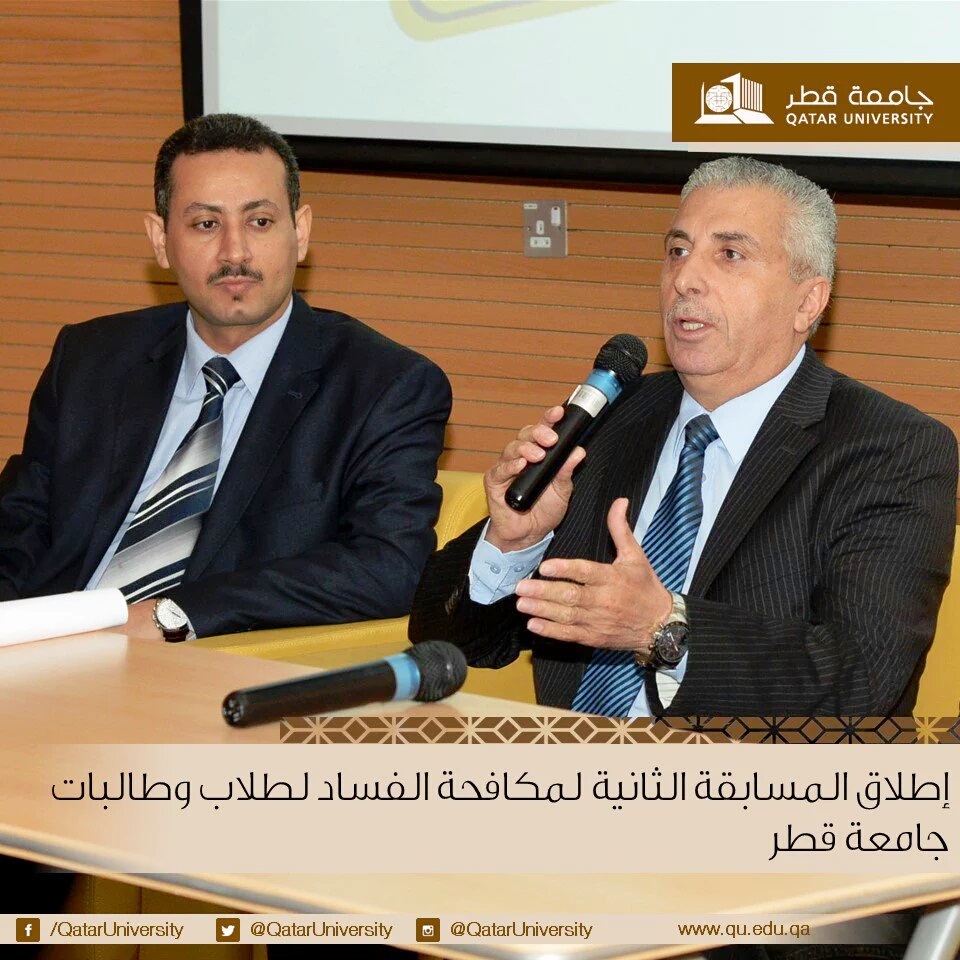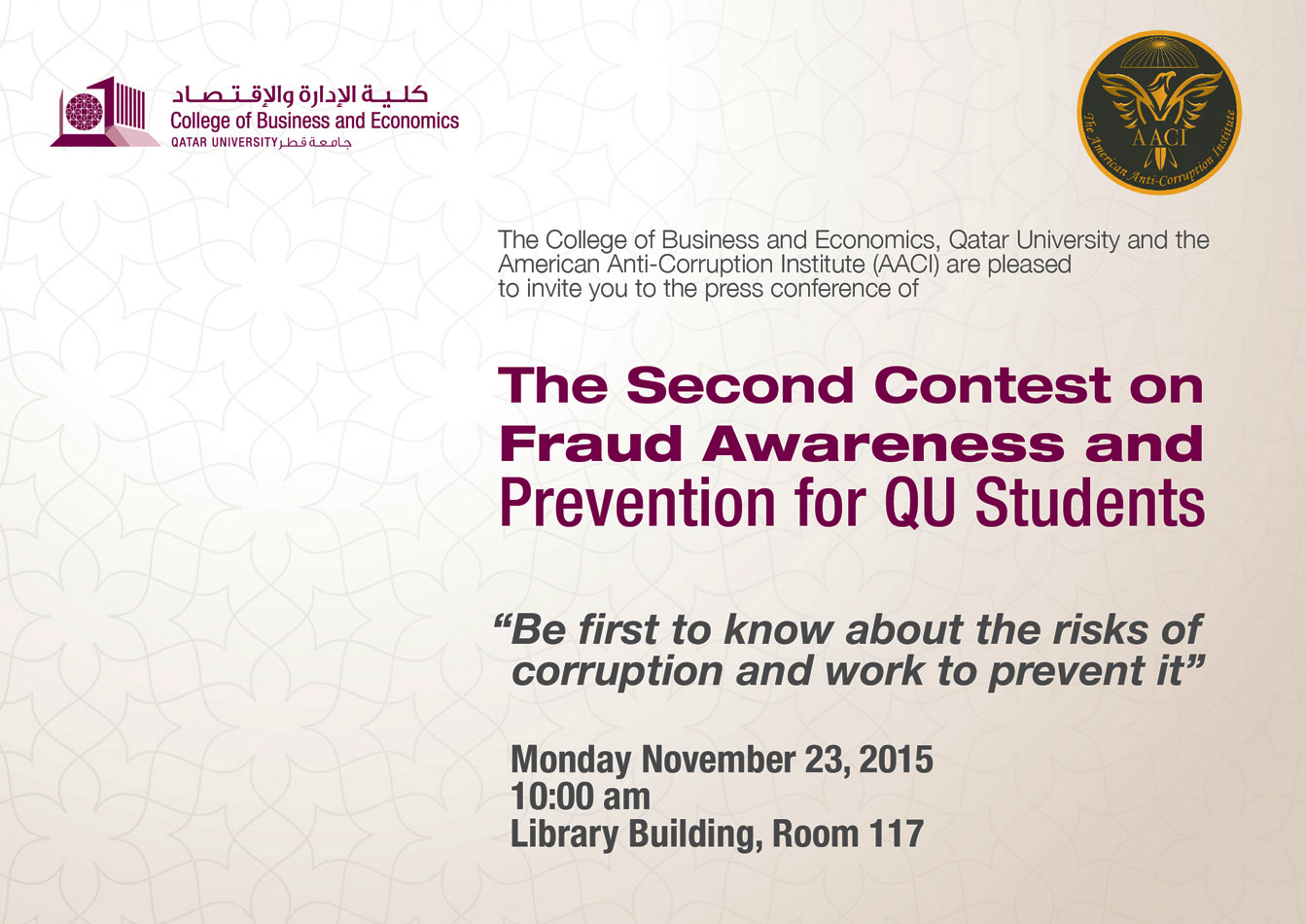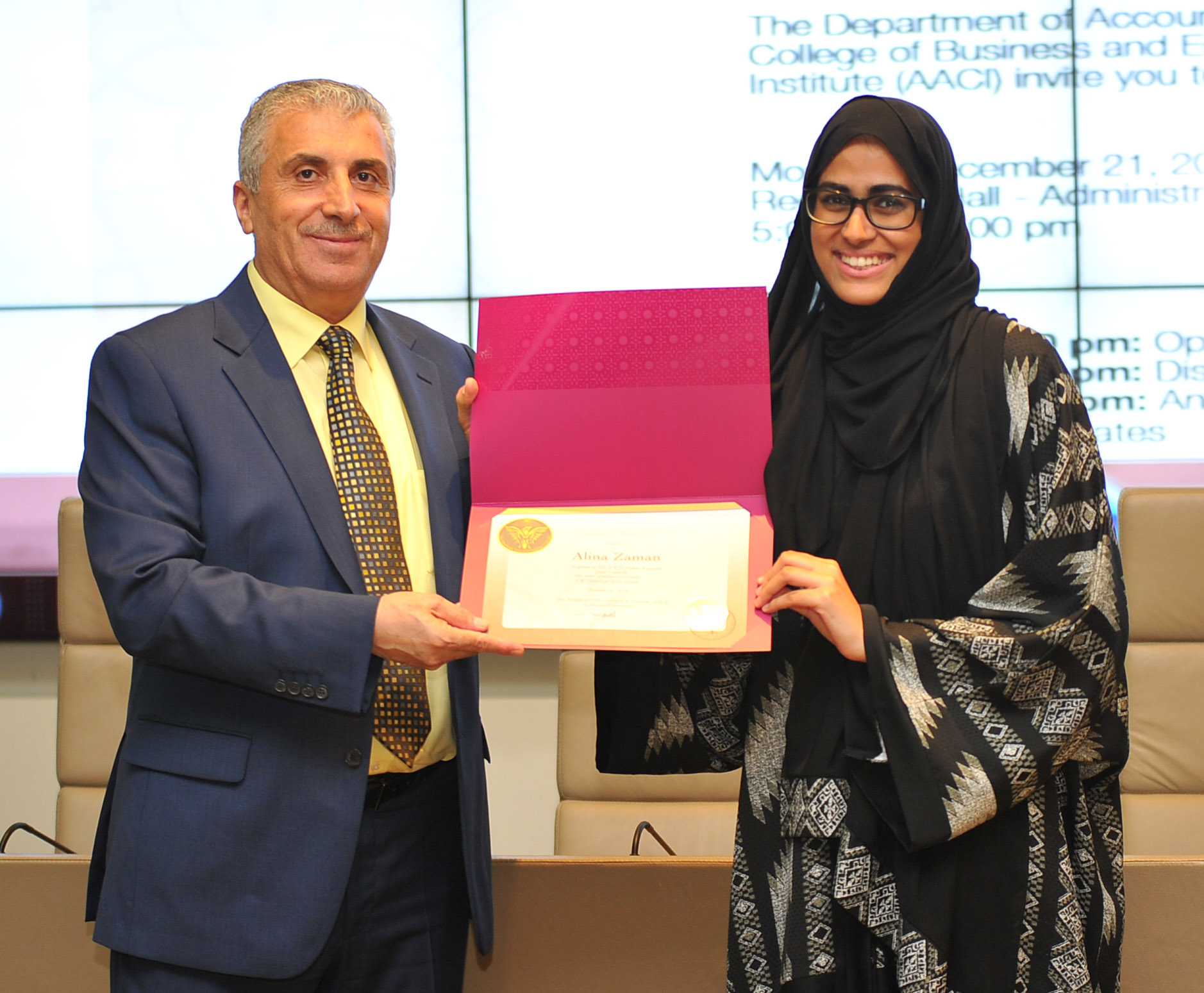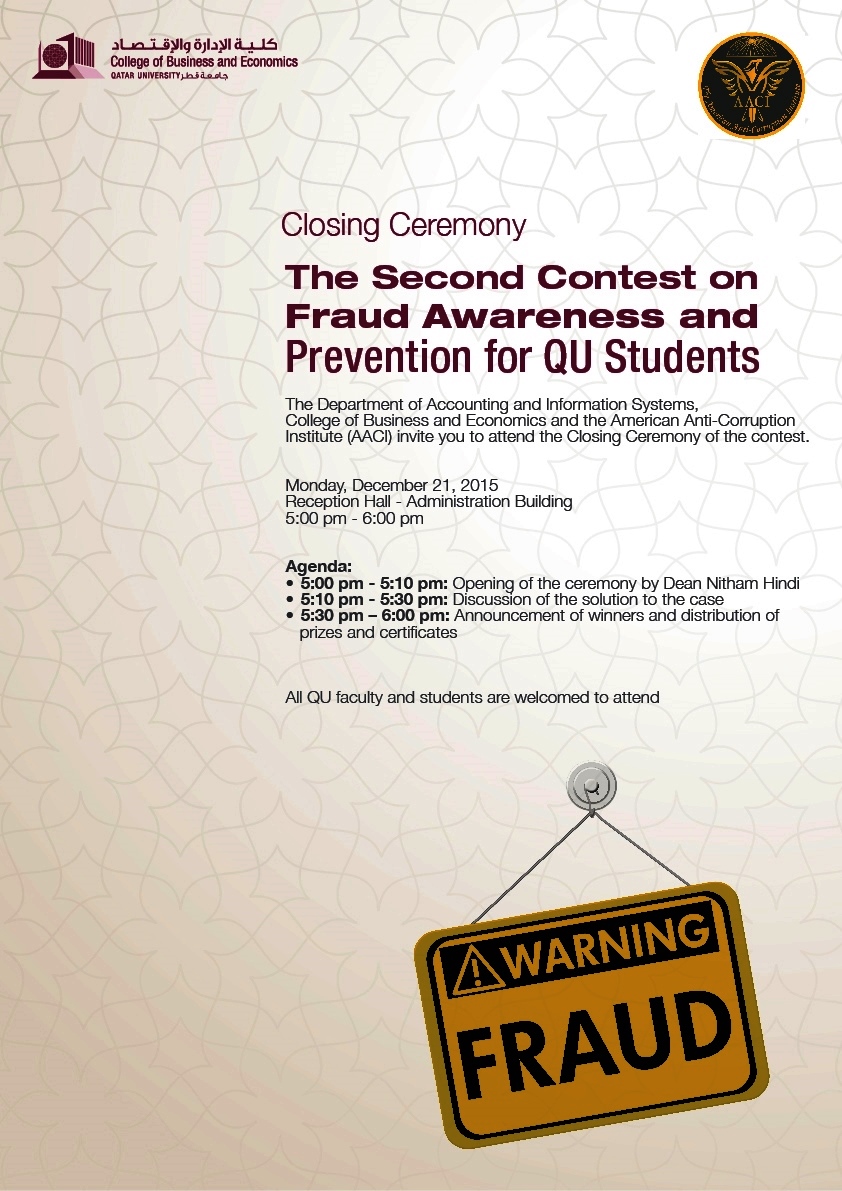Technical Staff
August 19, 2021
When was the last time you asked yourself about the likelihood that corruption exists in your organization? Was it a month, six months, one year, or more than one year? But when was the last time the organization’s leadership conducted a corruption risk assessment and responded effectively to its findings?
Corruption is a business risk. It exists in all types of businesses and organizations. Therefore, executive management and those charged with governance are responsible for preventing, deterring, and detecting fraud and corruption. As a part of setting up a corruption prevention strategy, the management should carry our corruption risk assessment to:

The threat of corruption is ever-changing. They don’t stay the same. As a result, organizational leadership must remain attentive and keep a close eye on important developments in the internal and external environment.
Invest in Corruption Prevention
It is the 6th Principle of Fighting Corruption promulgated by The American Anti-Corruption Institute (AACI). The AACI states1 that ” preventive anti-corruption measures aim to lower the likelihood of corruption occurrence. Examples of corruption prevention measures are the following non-exhaustive list:
- Raising anti-corruption public and constituents awareness,
- Implementing the ten principles of fighting corruption,
- Creating an anti-corruption culture,
- Designing and implementing corruption prevention policy (including a whistle-blowing system),
- Providing those charged with governance, management, and employees with annual relevant anti-corruption training courses and certification,
It also adds that “expenditure on fighting corruption is not an expense; it is an investment. The magnitude of investment in preventing corruption activities indicates the commitment to eradicate corruption. Adequate investment in preventing corruption should be tied to performance. There is a positive correlation between the level of investment in preventing corruption and good performance. The investment in corruption prevention is most likely medium-term or long-term in nature and impact. For example, the senior executives of a bank need more than one annual anti-corruption learning program to achieve relative planned results.”
Notes
1 Exam Unit, “Principles of Fighting Corruption,” in Certified Anti-Corruption Manager (CACM) Review Textbook, 2020 ed. (United States of America: The Exam Unit of The American Anti-Corruption Institute LLC., January 1, 2020) page 38.
